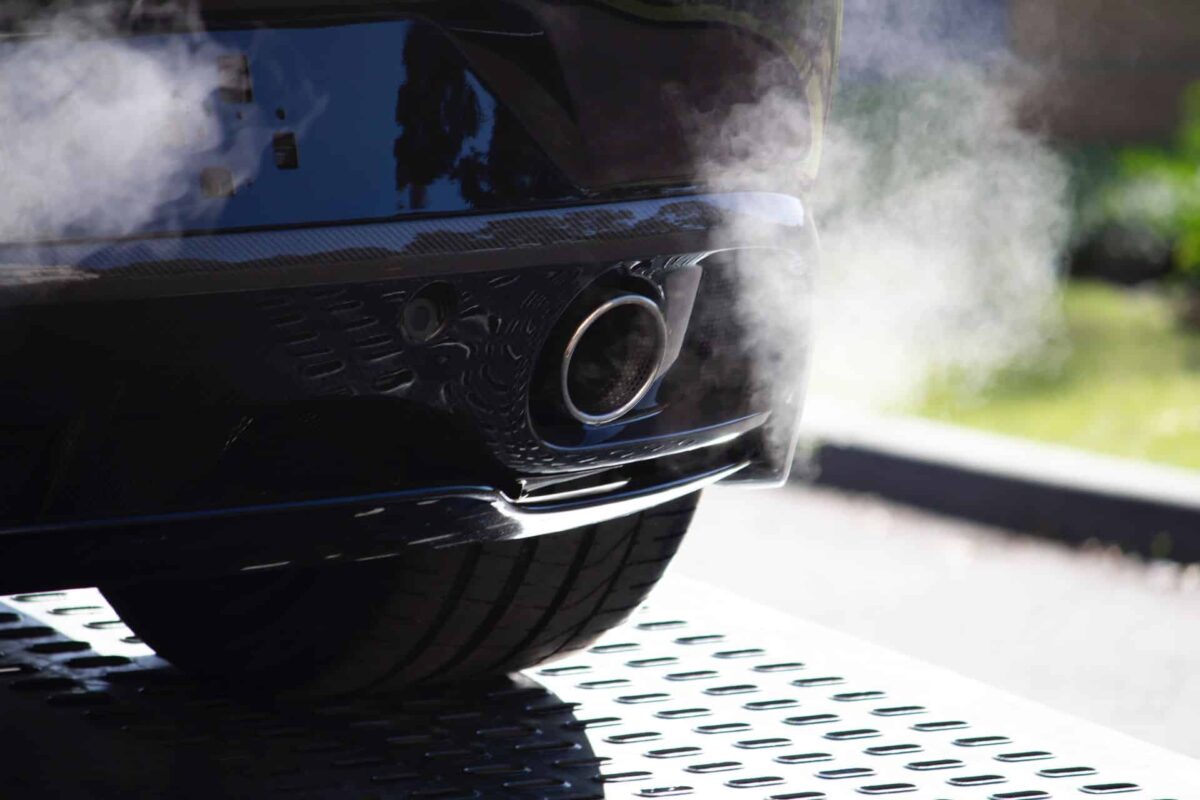European setback on CO2 emissions

The European Parliament approved, this Thursday, a revision of CO2 emission rules for new cars and vans.
A decision on the thorny issue of CO2 emissions that, while significant, does not come as a surprise. It reflects the growing tensions between the EU’s climate ambitions and the economic difficulties of a car industry in turmoil. Without entirely abandoning its goals, it offers more flexibility to manufacturers.
With 458 votes in favor, 101 against, and 14 abstentions, MEPs approved a measure allowing manufacturers to average their emissions over three years (2025-2027) instead of meeting strict annual targets. This compromise, proposed by the European Commission, aims to mitigate the impact of technological upheavals and international competition on an industry in crisis.
The climate objectives, however, remain unchanged. Starting in 2025, manufacturers will have to reduce the average CO₂ emissions of their vehicles by 15% compared to 2021 levels, with targets maintained over five-year periods. But this new flexibility highlights a reality that is becoming unavoidable: the ecological transition faces economic and strategic limits.
An Industry Under Strain
The European decision comes amid a bleak global context for the automotive sector. Rising production costs, supply chain volatility, and increasing competition from Chinese manufacturers heavily impact European automakers. They struggle to keep pace with the needed transformations, particularly the mass shift to electric vehicles, while remaining competitive.
The Parliament’s retreat is therefore not insignificant. It reflects the urgency to safeguard a key sector of the European economy, without completely easing the pressure on environmental targets.
If this decision may seem pragmatic, it highlights a broader dilemma. The EU, a leader in global climate policies, faces a dual imperative: meeting the expectations of the energy transition while protecting its industries.
This compromise sends a clear message: political good intentions must contend with far more daunting economic realities. Finding the right balance remains a challenge, and Europe is walking a tightrope.
READ ALSO: Mr. Jean circled the Earth 11 times without emissions
This page is translated from the original post "Échec européen sur les émissions de CO2" in French.
We also suggestthese articles:
Also read





